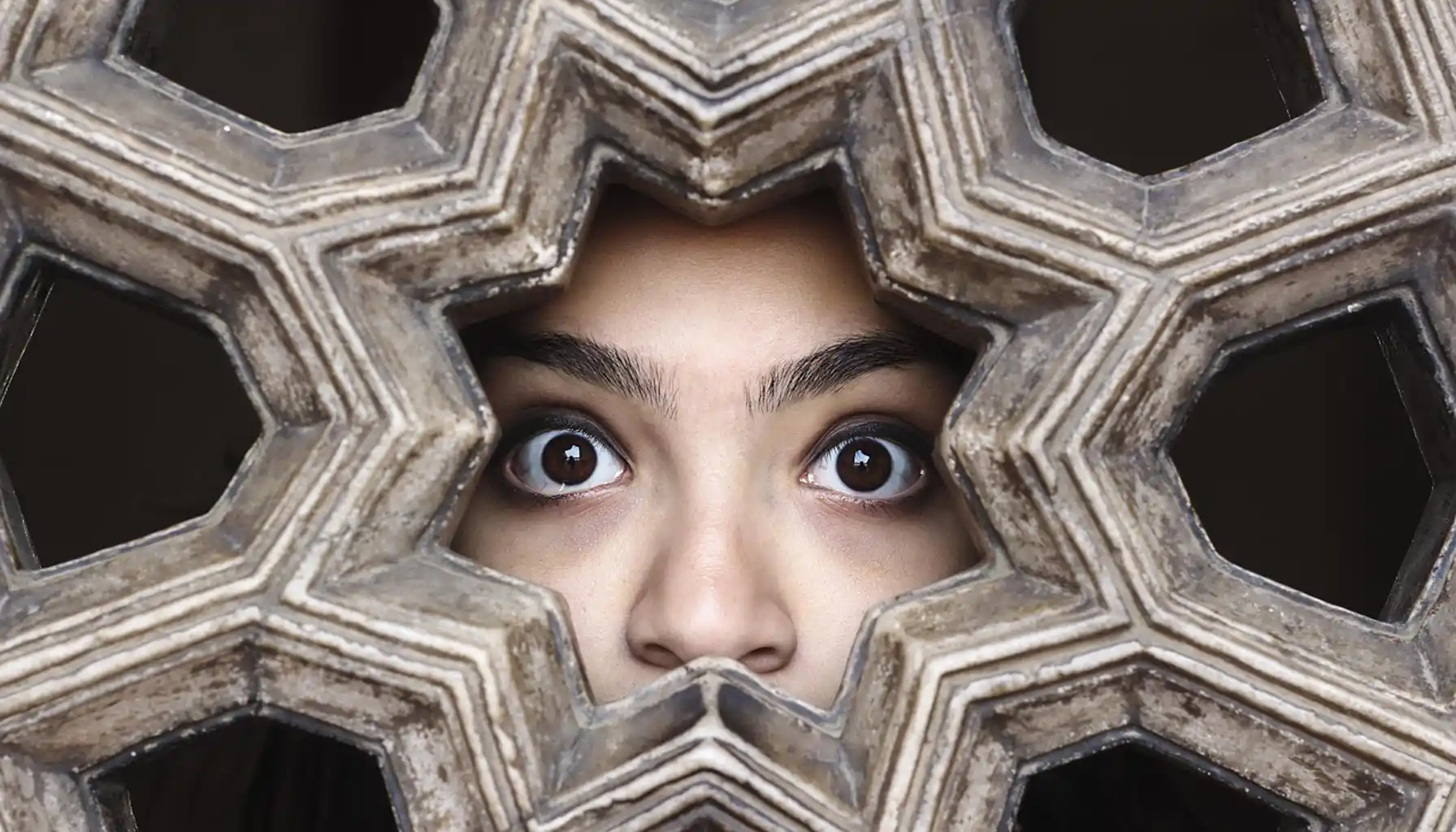Contents:
Anthropophobia sounds like something straight out of a dusty psychology textbook, but in plain English, it means an intense fear of people. The word comes from the Greek “anthropos” (human) and “phobos” (fear). It’s not mild awkwardness in conversation or needing alone time, those can be part of personality.
Some mix it up with shyness, introversion, or social anxiety, but there are differences:
Shyness: discomfort that usually fades as you warm up to people
Introversion: a preference for smaller groups or quiet environments, not fear
Social anxiety: fear of being judged or embarrassed, often in performance situations
Anthropophobia: fear of being around people in general, regardless of setting or expectation
Someone with anthropophobia might struggle even in situations without direct interaction, such as sitting in a crowded waiting room. This uncontrolled reaction may be the cause of unregulated protective mechanics made by the brain.
You can change that by constantly rewiring your protective mechanics with the help of a therapist. There is a chance to change yourself at any age, and we’re not talking about the phobias in particular. You may build faster cognitive response and prevent mental aging by just playing games. Try Mind Elevate for a couple of days and notice the progress.
The Brain’s Overzealous Security Guard

Amygdala is your brain’s emotional alarm, as a security guard that’s had too much coffee. Its job is to protect you, but with anthropophobia, it treats almost every human interaction like a security breach.
Whether it’s the fear of talking to people or the fear of meeting new people, the amygdala can set off a full fight-or-flight reaction in seconds. But why does this happen?
Sometimes it’s linked to past experiences where people were genuinely unsafe. Other times, it’s learned through repeated stress in social situations or cultural pressures.
And once the brain builds that link: “people = danger” it holds onto it tightly. But the brain can relearn, you may biohack it.
When wondering what is anthropophobia, picture a fear that can rearrange your entire daily routine. It can change the way you work, study, shop, or even step outside. At school or in the office, group projects and meetings feel like you’re fighting for your life.
Friendships may fade if social invitations are constantly turned down. Dating? Forget about it.
Even basic errands can be affected. Grocery shopping at odd hours to avoid crowds, choosing self-checkout to skip interaction, or walking the long way to avoid a busy street.
How Common Is Anthropophobia?
Well, many people keep their fears private. Some don’t seek help, assuming it’s just extreme shyness or a personal quirk or hide it because of embarrassment.
The anthropophobia definition places it in the category of specific or social-related phobias, but unlike broader social anxiety, it can show up even without performance or judgment fears.
Research suggests it’s less common than conditions like general social anxiety, but far from rare. Clinicians see it in combination with other anxiety disorders, which can make it harder to track. And because so many people avoid talking about it, the true prevalence is likely higher than the official data shows.
What Causes Anthropophobia?
Common anthropophobia causes are traumatic experiences with others, bullying, family conflict, or repeated rejection. In some cases, it’s shaped by cultural or societal pressure, where social mistakes feel costly or dangerous.
People with a family history of anxiety disorders may be more prone to developing intense fears.
And sometimes it overlaps with other conditions, for example, understanding agoraphobia vs anthropophobia can be tricky because both are avoiding situations, but agoraphobia is more about fear of being unable to escape, while anthropophobia centers on the people themselves.
Possible Cause | How It Can Lead to Anthropophobia |
Past social trauma | Bullying, humiliation, or rejection can make the brain associate people with danger or pain. |
Chronic social anxiety | Long-term anxiety in social settings can grow into a stronger, phobia-level fear. |
Cultural or environmental factors | Growing up in a highly judgmental or critical environment can teach avoidance of people. |
Negative role models | Learning from family members who fear or distrust others can pass along those patterns. |
Post-traumatic stress | Surviving abuse, assault, or other traumatic events involving people can reinforce the fear. |
Underlying mental health conditions | Conditions like depression or avoidant personality disorder can increase sensitivity to social threat cues. |
Anthropophobia Symptoms

Anthropophobia symptoms are when the body can respond as if a real threat is present, even in harmless settings, and that reaction can start long before the interaction happens.
Signs may include:
Rapid heartbeat, sweating, or trembling at the sight of others
Nausea, dizziness, or shortness of breath in public spaces
Avoiding eye contact or physical proximity
Planning routes or schedules to dodge interaction
Feeling intense dread before social events, even days in advance
Turning Down the Volume on Fear
The brain might be stuck on “maximum alert,” but it can learn to lower the setting. Effective anthropophobia treatment often has several approaches:
Cognitive-behavioral therapy (CBT) helps with the beliefs fueling the fear
Gradual exposure: starting small and working up to more challenging situations teaches the brain that contact with people isn’t automatically dangerous
Relaxation skills like deep breathing or progressive muscle relaxation can help calm the body when anxiety spikes
If you will understand what causes anthropophobia you will shape the treatment plan. If the fear began after a specific event, therapy may focus on reframing that memory. If it’s tied to a lifetime of smaller negative interactions, the work might center on building positive experiences.
Small Steps to Start Right Now
Before starting formal therapy, there are low-pressure ways to begin building tolerance:
Spend short amounts of time in public spaces without engaging anyone
Make brief eye contact with a cashier or neighbor
Use grounding techniques, like noticing five colors in a room, when anxiety rises
Keep a journal of situations that feel safer than expected
Practice short, calm conversations with a trusted friend or family member
Noticing early symptoms of anthropophobia , like tension in the chest or avoiding a certain aisle in the store, can make it easier to step in before fear takes over.
Why Getting Help Is a Sign of Strength

What do people with anthropophobia fear? At its core, it’s other people, and that can feel overwhelming when human contact is part of daily life. But seeking help isn't a weakness. It’s choosing to give yourself more options.
Quick Anthropophobia Self-Check (0 = Not at all true, 4 = Very true)
I feel anxious or unsafe when around groups of people, even if nothing bad is happening.
I avoid social events or public places to prevent interaction with others.
My heart races, I sweat, or I feel short of breath when strangers approach me.
I often worry about being judged, criticized, or embarrassed in public.
My fear of people affects my work, relationships, or hobbies.
Scoring:
0–5: Low signs of occasional social discomfort.
6–10: Moderate signs may be affecting certain areas of life.
11–20: Strong signs likely impacting daily functioning; professional support recommended.
FAQ About Anthropophobia
What is anthropophobia?
It’s a fear of people or social situations, beyond normal shyness or introversion.
What causes anthropophobia?
Causes can include past trauma, chronic social anxiety, cultural influences, or learned avoidance from family.
Can it be treated?
Yes. Therapy, especially exposure therapy and cognitive-behavioral approaches can help retrain the brain’s fear response.
Is it the same as social anxiety?
They’re related, but anthropophobia tends to be more extreme, it’s an avoidance of most human contact.





